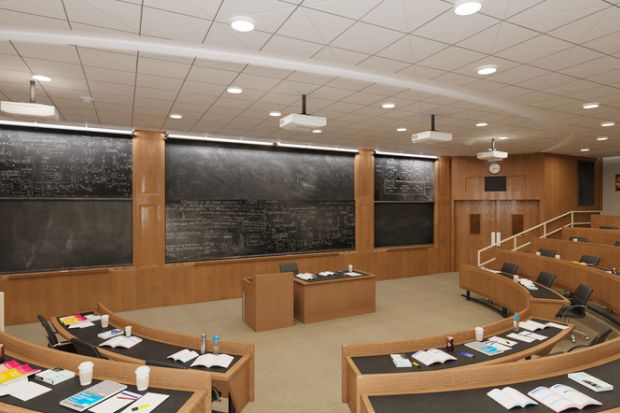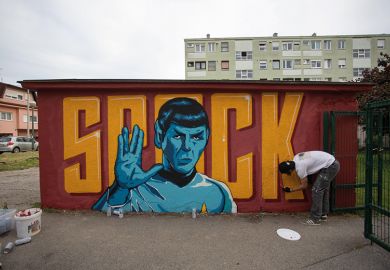Academics have criticised a “disappointing” increase in South African higher education participation over the past decade.
Recent census data for 2022 revealed that 12.2 per cent of people aged 20 and above had completed a university degree.
Although a big advancement over the 7.1 per cent recorded in 1996, this figure has barely improved on the 11.7 per cent at the time of the 2011 census.
This lack of growth has come despite massive amounts of money going towards financial aid for students over the period, and significant attempts to widen participation in the country.
Thandwa Mthembu, vice-chancellor and principal of Durban University of Technology (DUT), said the results represented both a success and a failure.
The government has overseen a significant rise in the number of young people accessing university thanks to the National Student Financial Aid Scheme (NSFAS) over the past 20 years, and it has allocated substantial funds to support poorer families, he said.
But, Professor Mthembu continued, these huge investments have not succeeded in tackling ongoing issues with high dropout rates.
“In short, if access has not led to success and throughput, the huge investments could only be deemed to have been a huge waste,” he said.
To boost participation rates, the quality of primary and secondary education had to improve drastically so that schools were producing students who not only qualified for university but had the potential to succeed in higher education, he said.
“We see government focusing so much on the quantity of high school graduates, but not so much quality,” he added.
Professor Mthembu also called for more stringent criteria to be introduced for those who receive NSFAS funding, and for the private sector to be encouraged to increase its capacity to enrol more students.
“This very slow increase is definitely a bad result,” said Jamil Salmi, former tertiary education coordinator for the World Bank and emeritus professor of higher education policy at Chile’s Diego Portales University.
“Reducing educational disparities has been a priority since the end of apartheid. But after almost 30 years, it is worrisome to see that South Africa continues to be barely above the sub-Saharan African average.”
Mr Salmi attributed the slow progress to the poor state of basic education, which results in a limited pipeline of qualified high school graduates, and the unsatisfactory state of many universities outside the top tier, which have inadequate facilities and substandard scientific infrastructure.
“High levels of participation in tertiary education are indispensable as economies move away from the exploitation of natural resources to more diversified economies,” he added.
“The digital transition and the necessity to build green economies make it even more urgent to have many qualified graduates and universities that carry out relevant applied research.”
Register to continue
Why register?
- Registration is free and only takes a moment
- Once registered, you can read 3 articles a month
- Sign up for our newsletter
Subscribe
Or subscribe for unlimited access to:
- Unlimited access to news, views, insights & reviews
- Digital editions
- Digital access to THE’s university and college rankings analysis
Already registered or a current subscriber? Login








